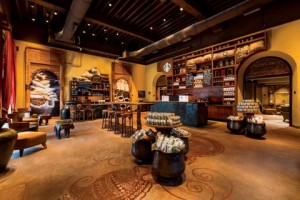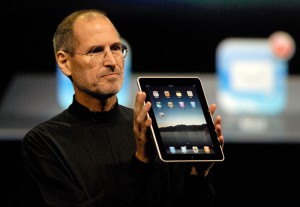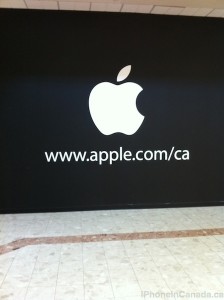This is a review based on Haley Shao‘s blog post.
The brand positioning, which Starbucks has work its way up to this point is unbelievable. I’d say it is the most successful coffee brand out of the many other competing coffee retails. Starbucks made a smart decision to launch its shop in India as the first US coffee brand. This tactic will attract attention and curiosity of coffee drinkers in India. As far as I know, imported products from Western and European parts of the world are stereotypically perceived and valued as the best in comparison to the products manufactured in Asia. The brand image of Starbucks is so powerful, I strongly believe the company will succeed in India. A question pops up in my mind as I am writing this blog post. What is it about Starbucks that differentiate itself from the rest of the coffee retailers? I am not a coffee drinker, but if I were to start drinking coffee I would step into Starbucks without hesitation. The simplicity of the shop and the image of the simple logo printed on a pure white cup draws taste and an image of freshly brewed, well blended coffee. The atmosphere of the store itself makes you feel as if you are in the busy streets of NYC among rushing yellow cabs, seeking for a break. A short moment out of reality while enjoying your favourite hot drink.


















Recent Comments